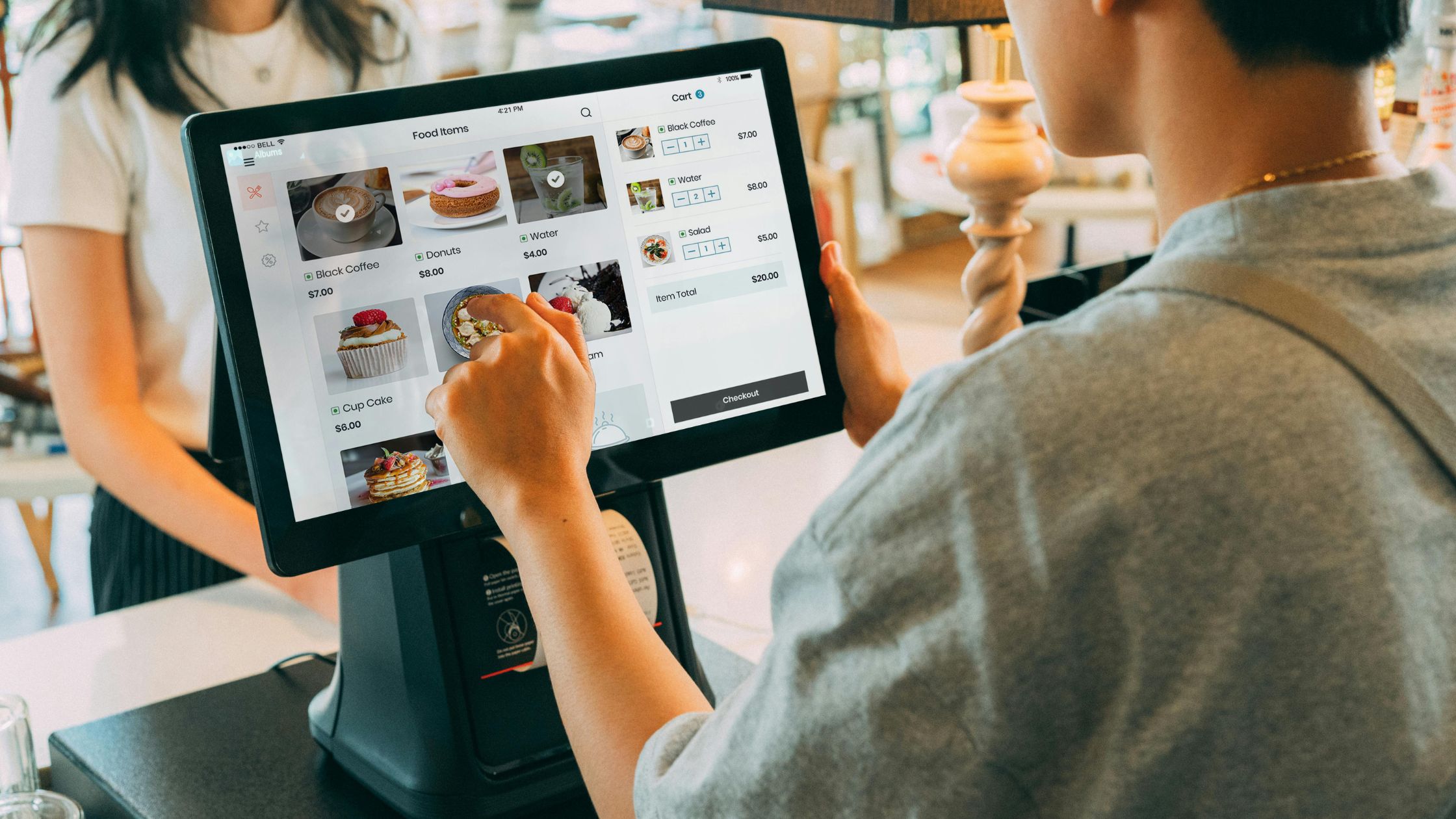In the fast-paced world of restaurants, efficiency and reliability are crucial. One of the most significant challenges restaurant owners face is ensuring that their operations continue seamlessly, even during internet outages. An offline-first POS system for restaurants is the solution that addresses this concern. This system allows restaurants to process orders and transactions without being dependent on a constant internet connection, ensuring smooth operations at all times.

What Is an Offline-First POS System?
An offline-first POS system for restaurants is a system that can operate without an internet connection. While traditional POS systems rely heavily on cloud services and require a stable internet connection to function, an offline-first system stores data locally. This means that even if the internet goes down, the system continues to operate by storing transaction data until a connection is restored.
For restaurants, this is a game-changer. It ensures that customer orders are processed, sales are tracked, and inventory is updated without interruption, even in locations with unreliable or no internet connection. Learn more about Free Point of Sale Software for Restaurants.
Enhancing Service with Offline-First POS
An offline-first POS system offers several advantages for businesses, especially when dealing with internet outages. Here’s how it can enhance operations:
a) Ensures Continuous Operations
An offline-first POS system ensures uninterrupted service, even during internet outages. Transactions, orders, and inventory are processed and synced when the connection is restored, preventing data loss.
b) Improves Customer Experience
With no delays from connection issues, an offline-first POS system enhances service speed. This leads to faster orders, happier customers, and improved overall satisfaction, driving business growth.
c) Reduces Downtime
An offline-first system allows restaurants to continue running without immediate internet access. It minimizes disruptions caused by network outages, which is essential for areas with unstable connectivity.
d) Lower Operational Costs
By reducing dependency on constant internet connections, offline-first POS systems help restaurants cut costs. This saves on expensive internet services and mitigates issues caused by network interruptions.
An offline-first POS system boosts operations, enhances customer experience, and reduces costs, making it a smart investment for businesses with unstable internet connectivity.
Essential Functions of Offline-First POS Systems
An offline-first POS system ensures smooth operations even during internet outages. Here’s how it helps:
- Local Data Storage: Stores transaction data locally, syncing with the cloud once the connection is restored, preventing data loss.
- Real-Time Order Processing: Processes orders offline in real time and syncs data when online, avoiding delays and discrepancies.
- Inventory Management: Tracks inventory offline and updates stock levels in real time, minimizing errors during outages.
- Sales Analytics and Reporting: Stores sales data offline and syncs reports once online, ensuring continuous and accurate performance tracking.
An offline-first POS system ensures business continuity, accurate reporting, and smooth service during internet disruptions.

Challenges and Considerations
Offline-first POS systems bring advantages but also require careful management. Here are the key challenges:
1) Managing Local Data Storage
An offline-first POS system relies on local storage during internet outages, requiring enough space to hold transaction data. Without sufficient storage, data may be lost or transactions may fail to process properly.
2) Syncing Data After Internet Restoration
Once the internet is restored, syncing offline data with the cloud can cause delays, especially if large amounts of data need to be transferred. A poorly managed syncing process can result in errors, such as missing or duplicate data.
3) Data Integrity and Consistency
Maintaining consistency between offline and online data is crucial for accurate reporting and inventory tracking. Any discrepancies after syncing can lead to operational issues, so regular integrity checks are necessary.
4) Network and Connection Stability
The stability of the internet connection can affect the syncing process. Poor or unstable network connections may delay or interrupt data transfer, potentially leading to syncing errors or disruptions in service.
5) Staff Training and Preparedness
Staff must be trained to manage offline periods effectively and handle transactions manually if necessary. They should also be familiar with the syncing process to ensure data is transferred accurately when the internet is restored.
By addressing these challenges, restaurants can ensure that their offline-first POS system runs smoothly and efficiently during internet disruptions.
Security and Data Protection in Offline-First POS Systems
Offline-first POS systems provide essential security features to protect sensitive data:
- Data Encryption: Locally stored data is encrypted for secure transactions.
- Backup and Recovery: Regular backups ensure data can be quickly recovered.
- Access Control: Roles and permissions limit access to sensitive data.
- Data Integrity: The system checks for discrepancies during syncing to ensure accuracy.
- Compliance with Regulations: Helps meet standards like PCI-DSS for secure data handling.
With these security measures, offline-first POS systems provide reliable protection for business and customer data, even during internet disruptions.
Conclusion
An offline-first POS system for restaurants delivers invaluable operational benefits by ensuring seamless service, even during internet disruptions. This system enhances reliability, reduces operational costs, and improves customer experience, all of which are essential for a restaurant’s long-term success. By adopting an offline-first solution, restaurants can safeguard themselves from the negative impacts of internet downtime, ensuring that their operations remain uninterrupted. Floreant POS provides advanced solutions that help businesses stay efficient, reliable, and customer-focused, regardless of connectivity challenges.

FAQs
1. What is an offline-first POS system?
An offline-first POS system is a solution that allows restaurants to continue operating without an internet connection. It stores transaction data locally, ensuring uninterrupted service during internet outages.
2. How does an offline-first POS system benefit restaurants?
It ensures continuous operations during internet disruptions, improves customer service, reduces downtime, and helps lower operational costs.
3. Can the system sync with the cloud once the internet is restored?
Yes, the data stored locally in an offline-first POS system automatically syncs to the cloud or central server once the internet connection is restored, ensuring no data loss.
4. Is it difficult to set up an offline-first POS system?
No, most offline-first POS systems are designed for easy setup. They offer user-friendly interfaces and require minimal technical expertise to install and operate.







